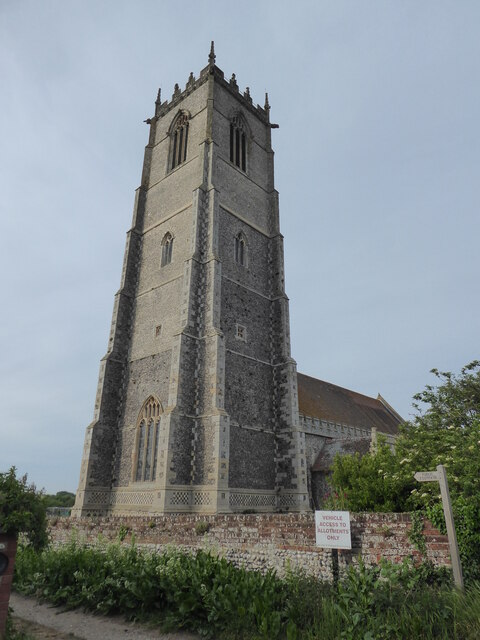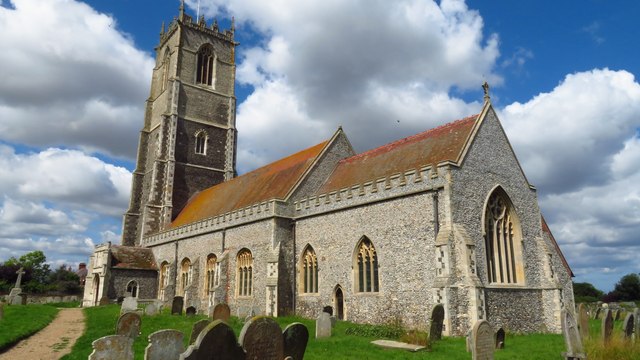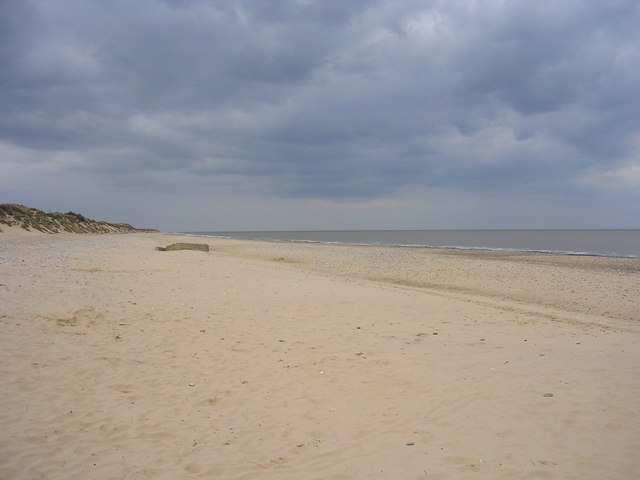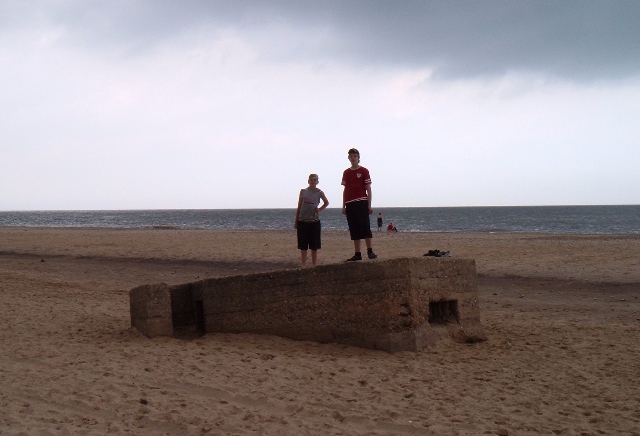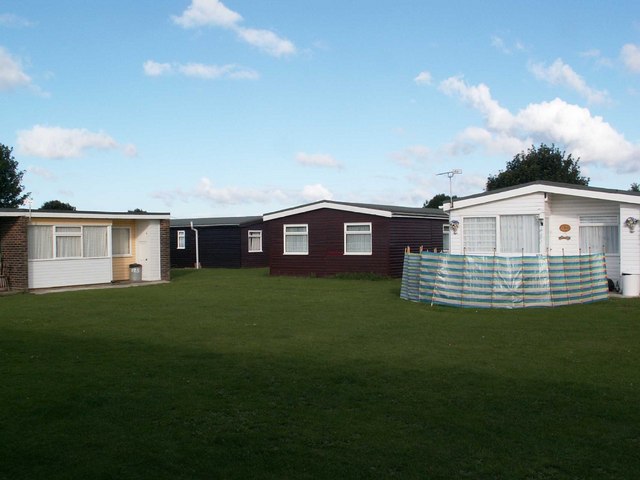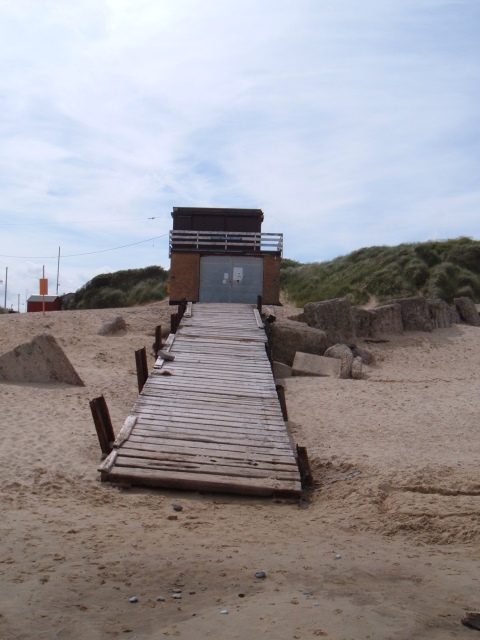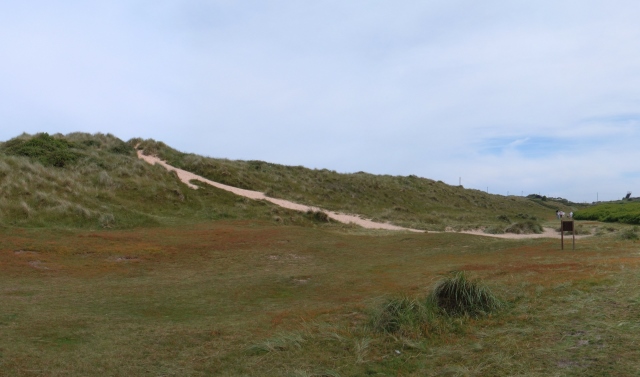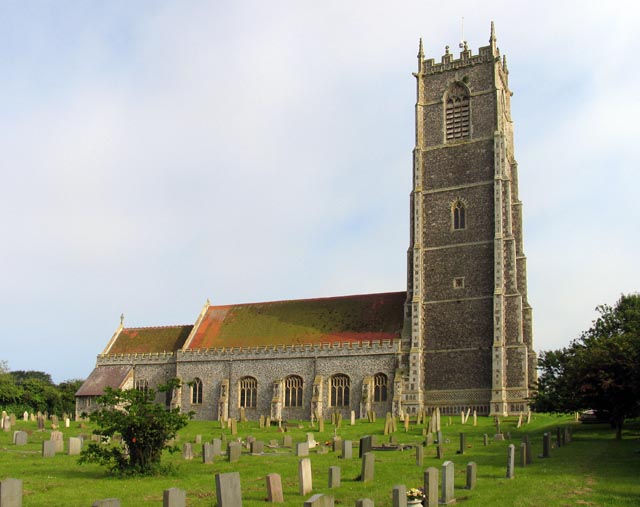The Valley
Valley in Norfolk Great Yarmouth
England
The Valley
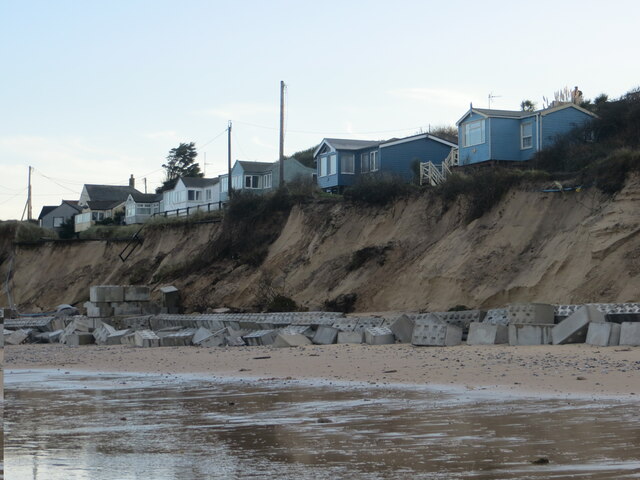
The Valley, Norfolk, commonly referred to as Valley, is a small village located in the county of Norfolk, England. Situated approximately 12 miles northwest of Norwich, Valley is nestled in the picturesque Wensum Valley, surrounded by rolling green countryside and beautiful landscapes.
With a population of around 500 residents, Valley retains its rural charm and offers a tranquil and peaceful setting for its inhabitants. The village is characterized by a charming mix of traditional and modern architecture, with historic buildings such as the 12th-century church of St. Mary's adding to its cultural heritage.
Valley boasts a strong sense of community, with various amenities and facilities available to its residents. These include a primary school, a village hall, a local pub, and a few small shops catering to daily needs. The village also benefits from excellent transport links, with regular bus services connecting it to nearby towns and cities.
Nature lovers and outdoor enthusiasts will find plenty to explore in the surrounding area, with numerous footpaths and bridleways offering opportunities for walking, cycling, and horse riding. The Wensum River, which runs through the village, is a popular spot for fishing and boating activities.
Overall, The Valley, Norfolk, offers a peaceful and idyllic setting for those seeking a close-knit community, beautiful countryside, and a slower pace of life.
If you have any feedback on the listing, please let us know in the comments section below.
The Valley Images
Images are sourced within 2km of 52.705185/1.7015572 or Grid Reference TG5018. Thanks to Geograph Open Source API. All images are credited.
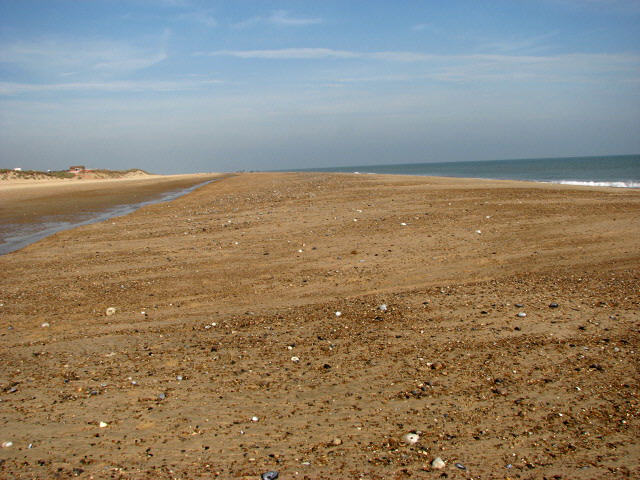
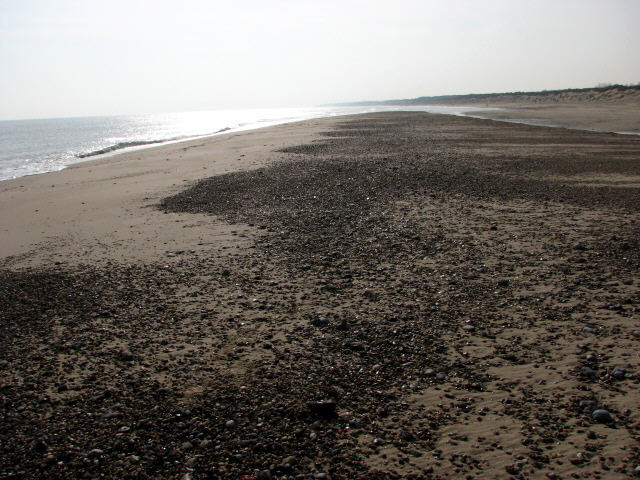
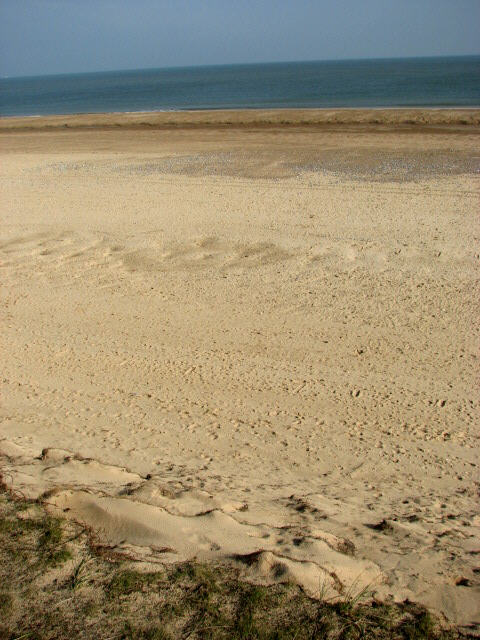
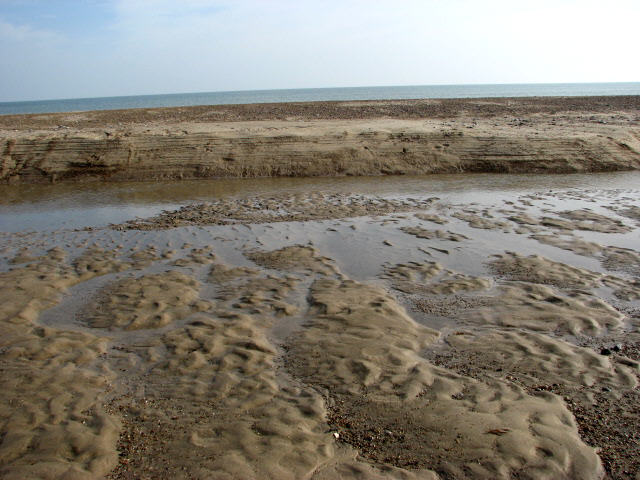
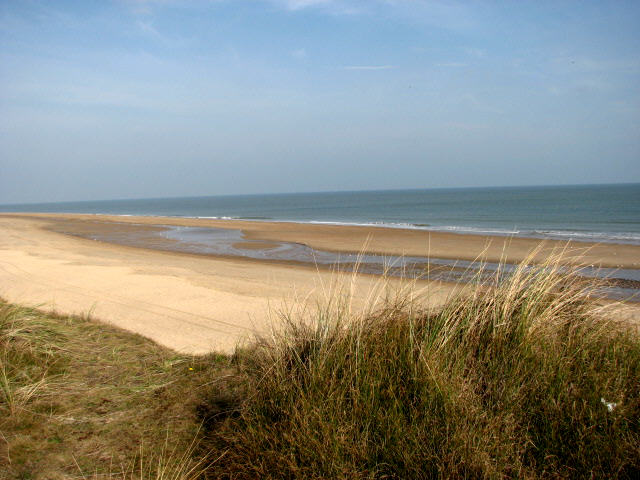
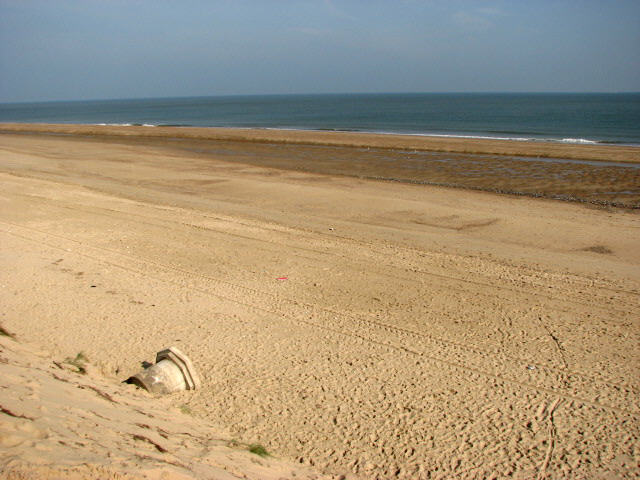
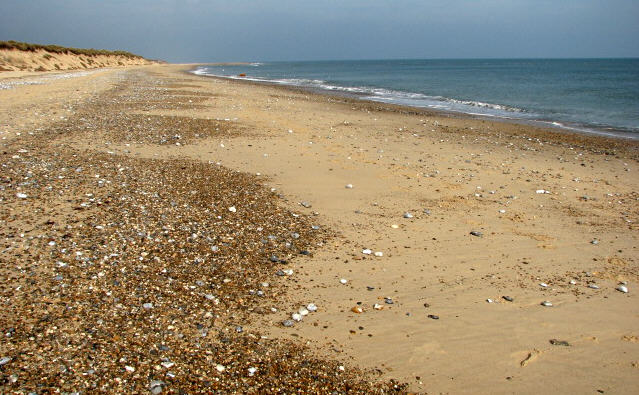
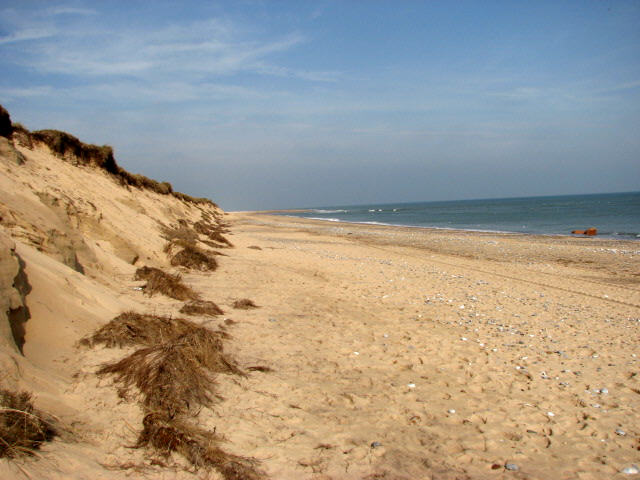
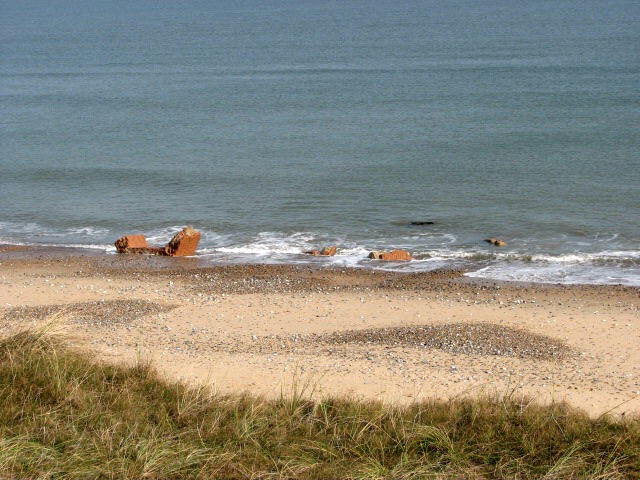
The Valley is located at Grid Ref: TG5018 (Lat: 52.705185, Lng: 1.7015572)
Administrative County: Norfolk
District: Great Yarmouth
Police Authority: Norfolk
What 3 Words
///opens.fuse.poster. Near Hemsby, Norfolk
Nearby Locations
Related Wikis
Winterton Lighthouse
Winterton Lighthouse is located in Winterton-on-Sea in the English county of Norfolk. In 1845 Winterton Ness was described as being 'well known to the...
Hemsby
Hemsby is a village, seaside resort and civil parish in the county of Norfolk, England. It is situated some 8 mi (13 km) north of the town of Great Yarmouth...
Hemsby railway station
Hemsby railway station was a station in Hemsby, Norfolk. It was on the line between Melton Constable and Great Yarmouth. It was closed in 1959. == References ==
Winterton-on-Sea
Winterton-on-Sea is a village and civil parish on the North Sea coast of the English county of Norfolk. It is 8 miles (13 km) north of Great Yarmouth and...
Nearby Amenities
Located within 500m of 52.705185,1.7015572Have you been to The Valley?
Leave your review of The Valley below (or comments, questions and feedback).
